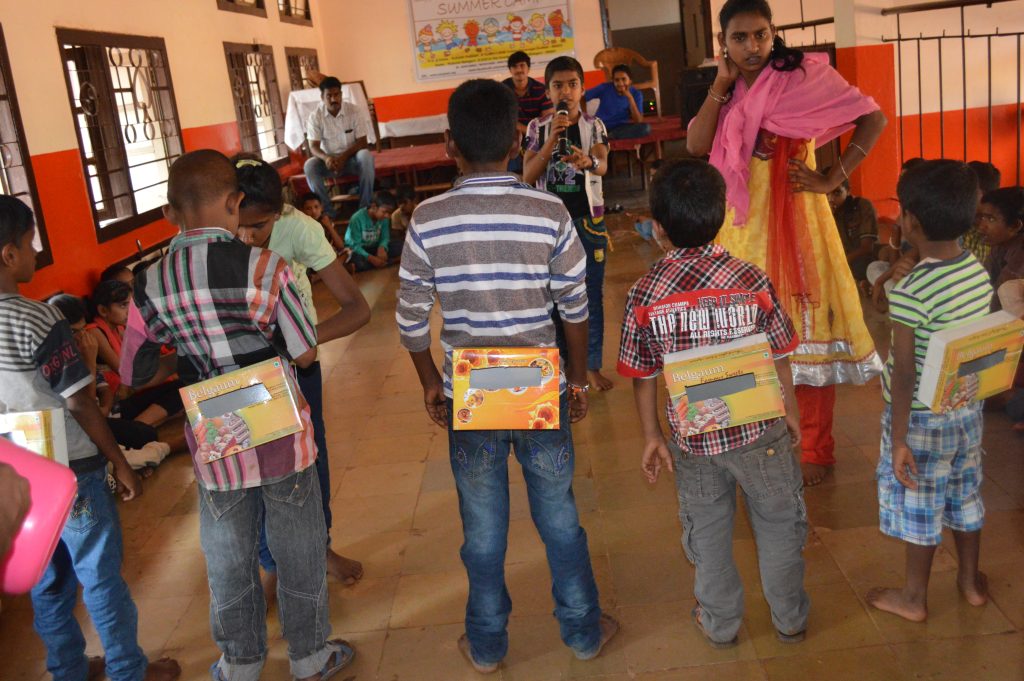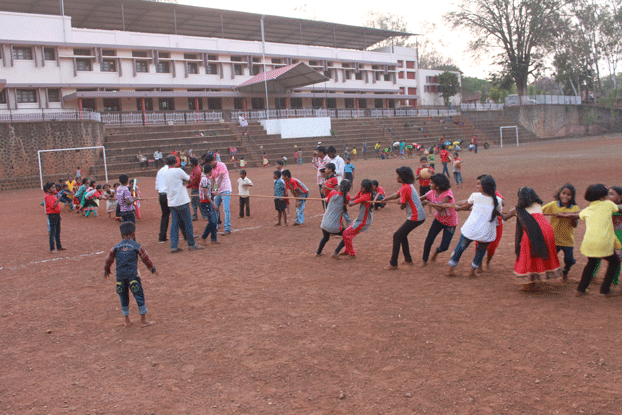Uncategorized



GOAL
This time the camp was specifically focused on addressing the psychosocial, education and livelihood issues faced by the young adults, post Covid-19 pandemic.
On 23rd July, 2022, SAIUJYAM in association with KNP+, organized “Chiguru”, a camp for adolescents and youth at Vidyanagar, Hubballi. This camp which is the first in a series of camps to be held was primarily to address the growing needs of adolescents and youth living with HIV, in the field of Health, Education and Livelihoods.
STRATEGY
The 34 adolescents and youth from Hubballi, Dharwad and nearby villages, who participated in the camp were provided a platform to come together, express themselves, share their experiences and concerns towards getting educated, secured jobs, trainings and exposure to different environment for their individual growth.
While a few of them expressed that they wished for support towards better education, training, better skill developments and job related trainings, some others wished that they be provided any sort of job to earn their livelihood. All of them wished for support that they wished to have in their life so as to find a pathway wherein they can live a sustainable and healthy life.
Individual specific needs were taken note of and the adolescents and youth were assured of the required intervention and support in the coming days.
Later on during the day, they wished to create a network of adolescents and youth in the region, which could be one of the means to work closely with their peers from the community at regular intervals. They were guided to create the network as well as assured of financial and other support required for them to meet at regular intervals.
At the end they were assured of follow up camps, which will assure quality impact and results.











































